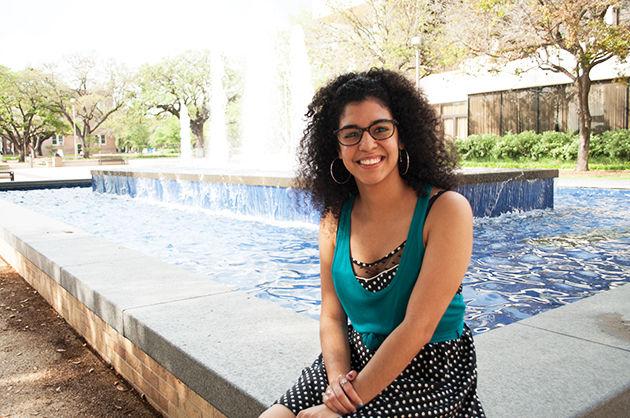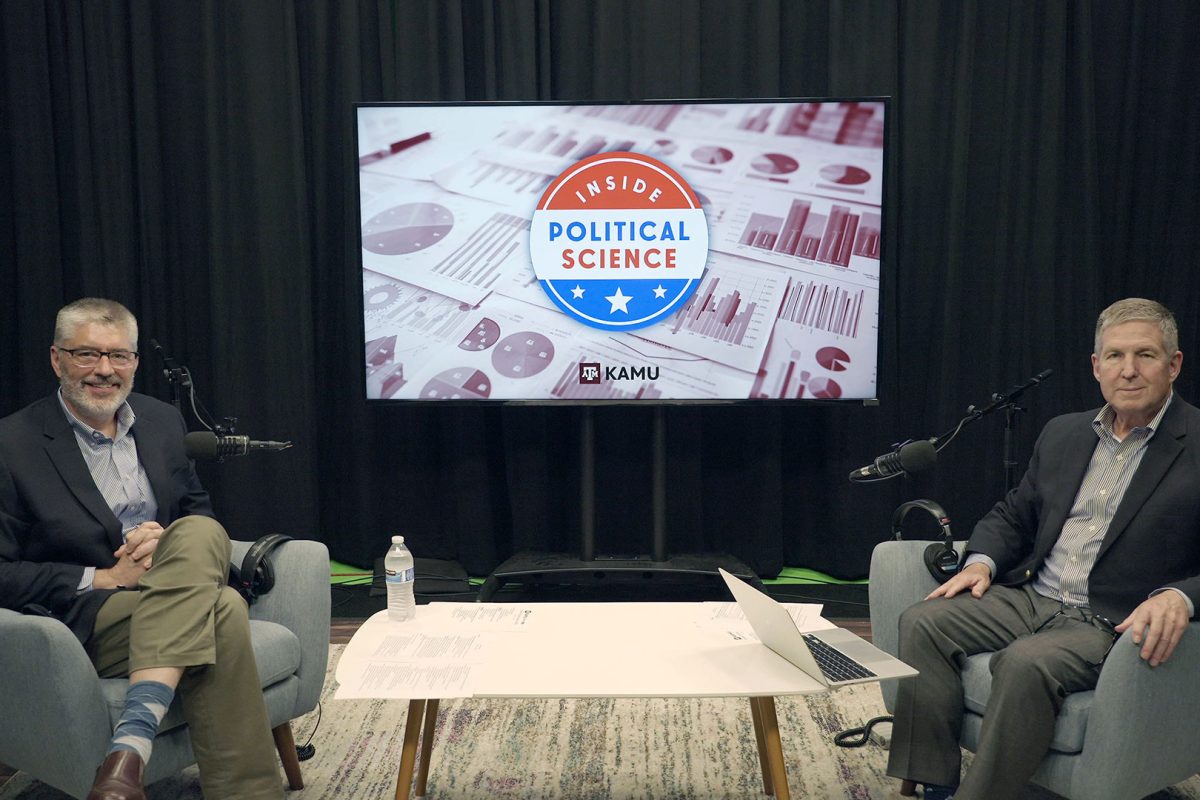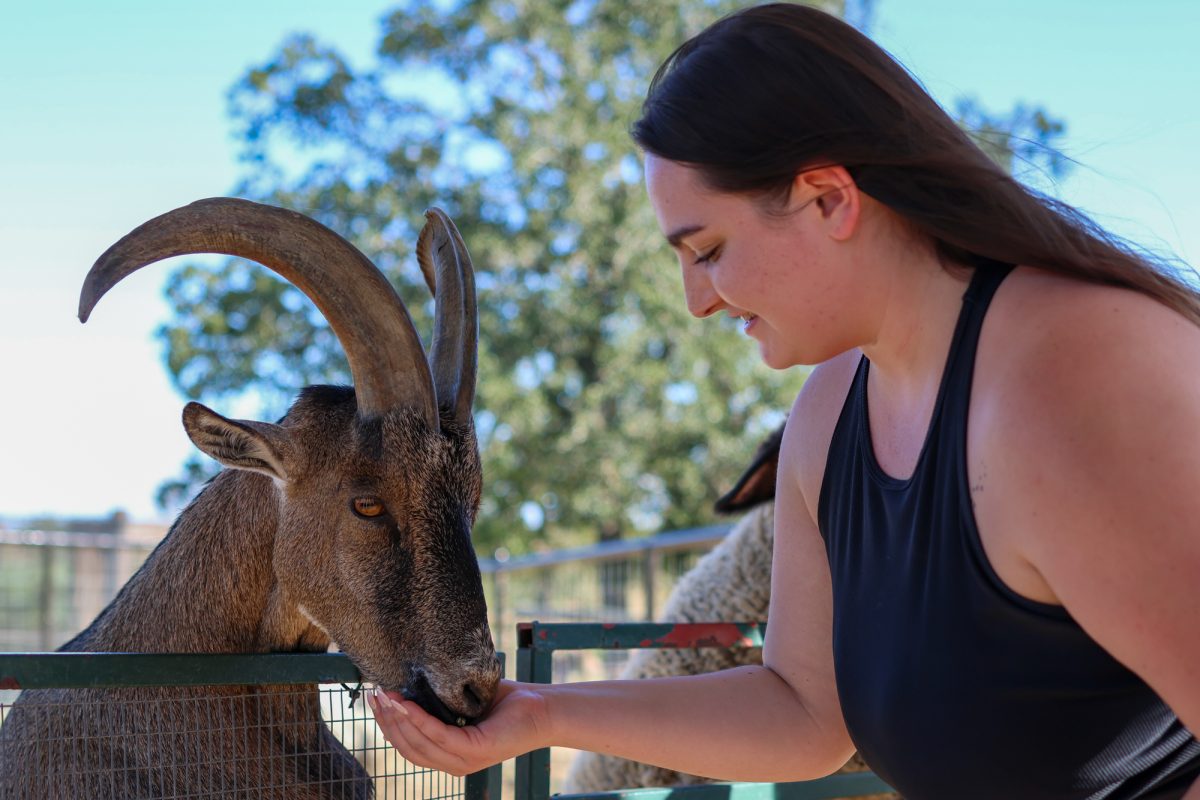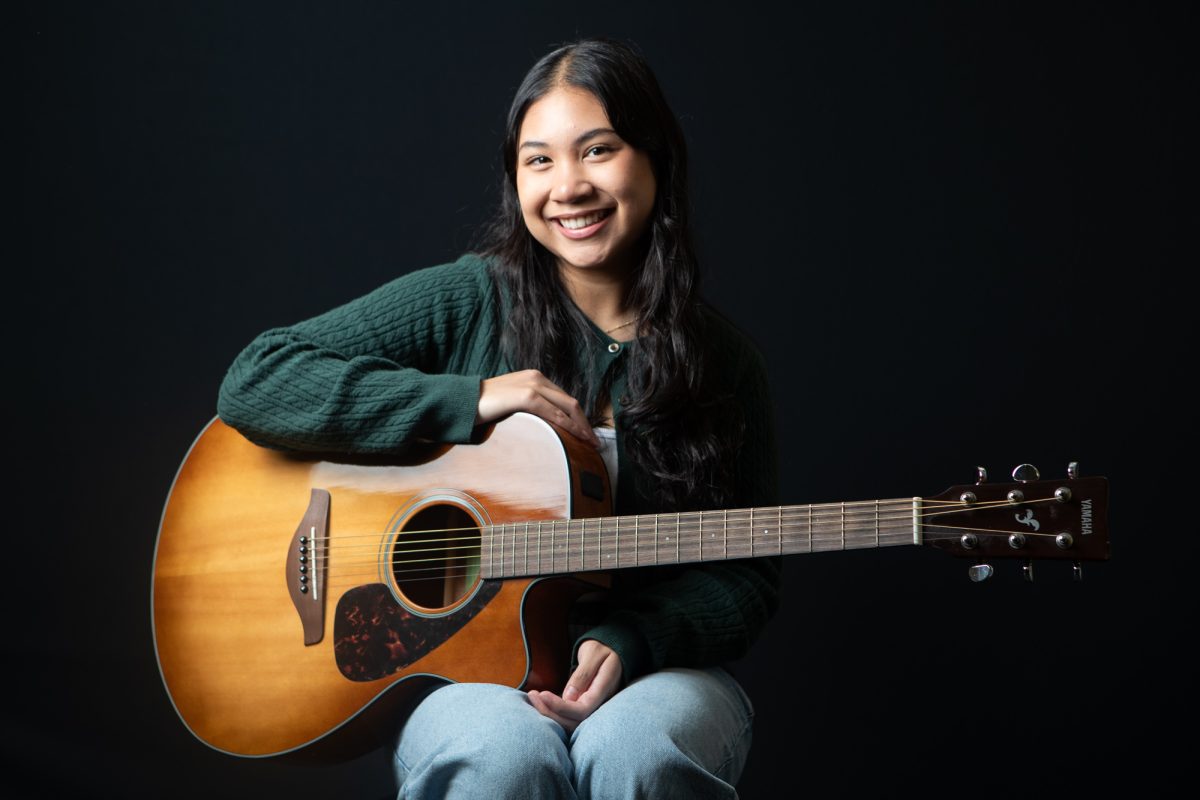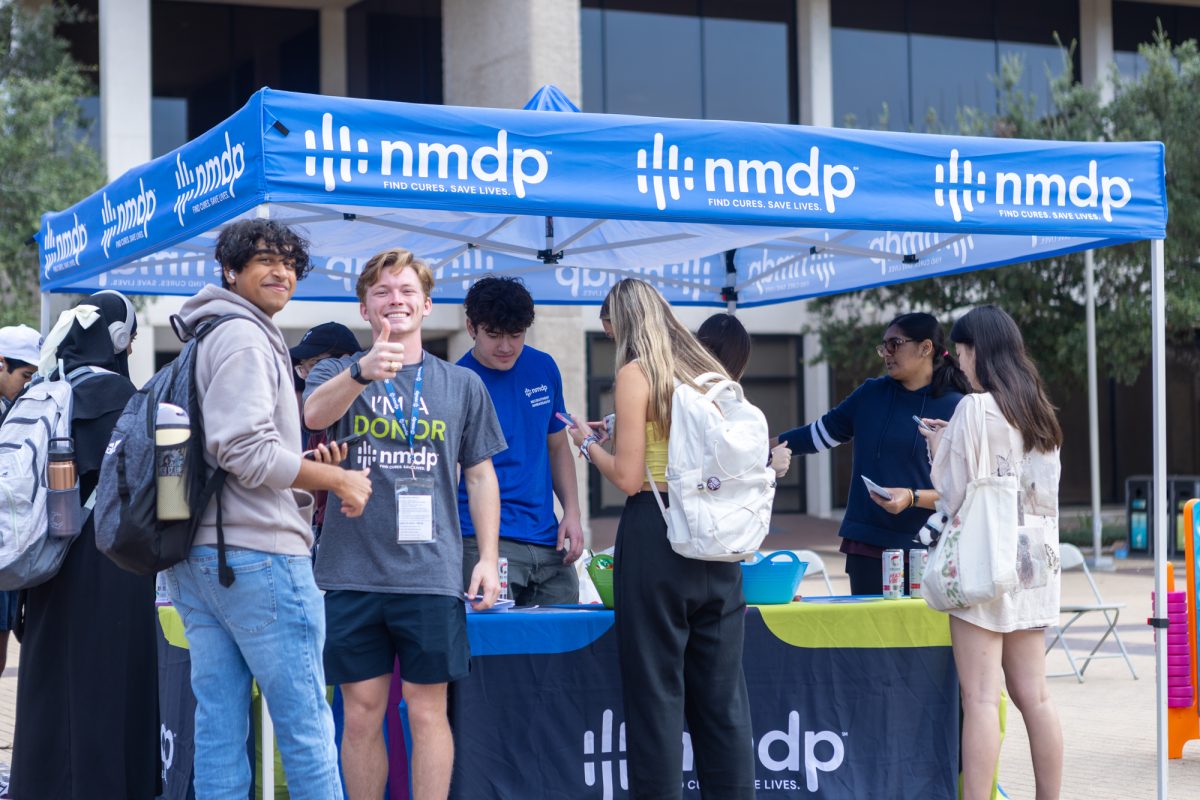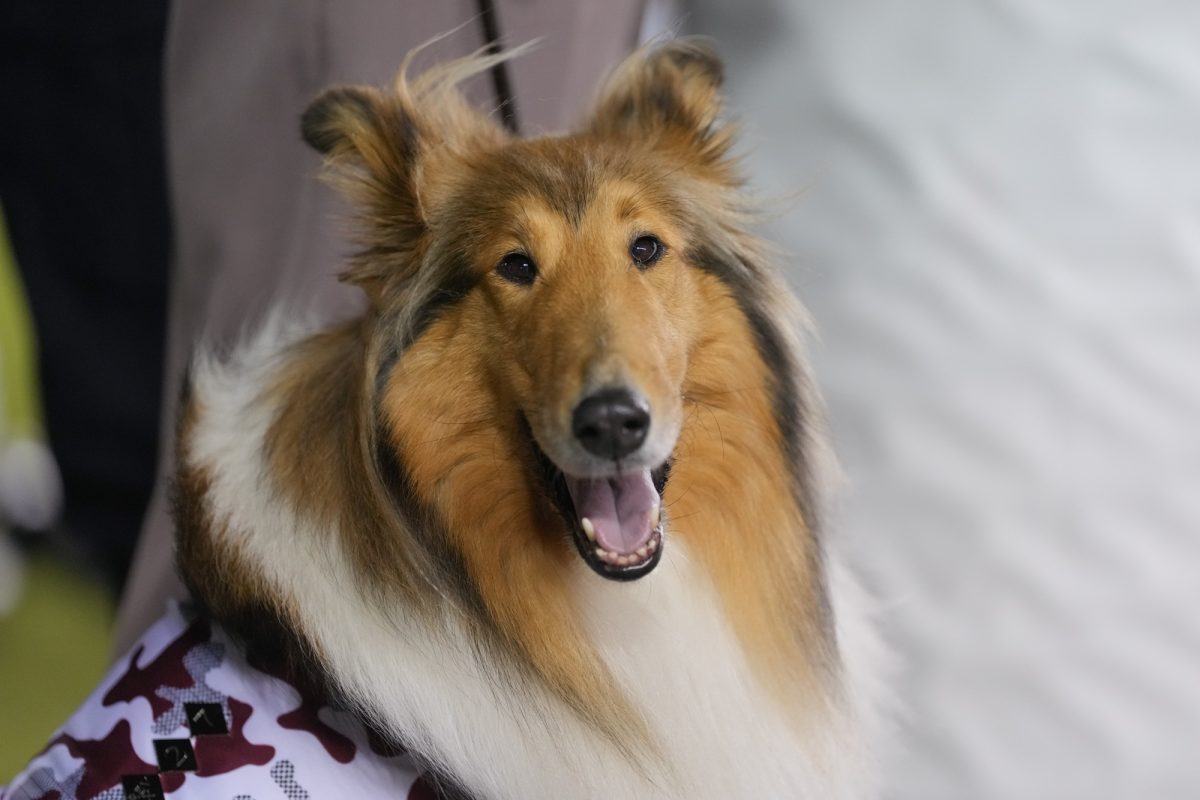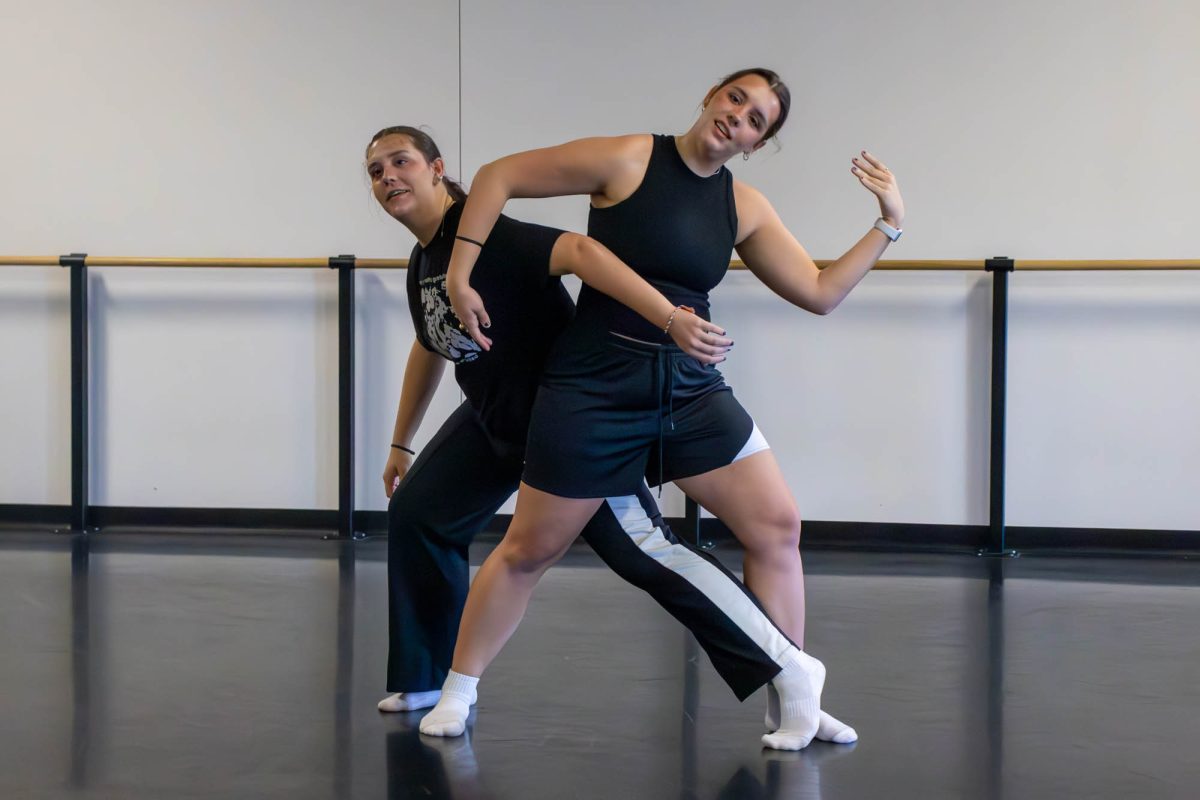Across Texas A&M, students play an integral role in aiding and developing professors’ research projects. Undergraduate research offers students experience in the research field, while developing important skills for collectively working on a team.
With more than 66,000 undergraduates and 12,000 graduate and professional students in its research programs, A&M leads as one of 62 universities in the Association of American Universities (AAU), an organization of leading public and private universities in the United States and Canada. For students, Texas A&M’s research programs offer an abundance of different opportunities for undergraduate and graduate students to get involved.
Undergraduate and graduate research occurs in every college at Texas A&M from dentistry to history, architecture to liberal arts. Saelis Mercado, English senior and Blackbox residency poet, works as an undergraduate research assistant for Laura Estill, who manages the World Shakespeare Bibliography. This database catalogs every journal or article that discusses Shakespeare in order to provide an up-to-date source of material for scholarly research.
As a research assistant, Mercado skims paper and online journals and articles for Shakespeare references to add to the database. Although she works primarily in the background, Mercado said she enjoys working behind the scenes to make the process more efficient for others in the team.
“I like being a part of something so big and so useful to people all over the world,” Mercado said. “And I think that’s something I want to do no matter what career I go into. I like knowing that I’m contributing to something that can help others.”
Nick Johnson and Margaret Fisher, biology juniors, work as research assistants alongside Ginger Carney, associate professor of biology studying behavioral neuroscience through experiments testing the effects of genetic modification on fruit flies and their mating patterns.
The students’ work primarily focuses on working alongside graduate students in the preparation and management of Carney’s experiments. They often perform tasks ranging from cleaning to cooking food for flies and conducting the experiments. By working inside a lab, they’re able to gain research experience for the future while furthering their knowledge academically, Fisher said.
“You hear about experiments in class and how they did them, but this is actually hands-on, thinking about it yourself, thinking through the process and how to solve problems creatively,” Fisher said. “It’s a realistic perspective of what a lab actually is and how it works.”
Although both students work upward of 10 hours a week, Johnson said the more work students put in the more they will learn. Through their lab work, they are able to earn a deeper understanding of the work that goes into writing science textbooks and performing research in the field, Johnson said.
“The most rewarding thing is understanding the scientific method,” Johnson said. “If you want to think critically and learn better, you have to question the things that you read. There’s tons, years of work that goes behind each statement in a science textbook. That’s an incredible thing that I’ve learned that I wouldn’t have really understood unless I was in a research lab.”
Micah Green, professor and honors coordinator for chemical engineering, said securing a research position is all about approaching professors and expressing interest in their research.
“I’ve met so many students who think they have to apply to some official program, and that’s not true,” Green said. “The big myth I want to dispel is that you don’t have to go through some official program and fill out an application online. It can be as simple as going to a professor and saying, ‘I think your research is really interesting. I’d like to get involved.’”
Texas A&M offers various avenues for students seeking to find a place in research. The Talent Incubator Program (TIP), is one example of a program focused on developing undergraduate research. As an on-campus applied research program, TIP grants industrial distribution majors the opportunity to work alongside companies in the creation of real-world projects and innovative solutions, which are implemented by the sponsor company. Esther Rodriguez-Silva, director of TIP, said the program provides a way for students to apply their knowledge to jobs they’ll be performing in the future.
“Students do research, they explore their interests, they get a lot of industry exposure and additional skills. They get to apply what they are learning in classes in real work environment,” Rodriguez-Silva said. “They get to develop projects and interact with industry… and are often recruited for internships or full-time employment.”
Student Research Week, which takes place from March 27 to 31, allows undergraduate and graduate students to showcase their research through posters and oral presentations. Students can also attend sessions on research throughout the week in the MSC.
Ultimately, when it comes to getting involved, Green encourages students to get involved early and to use research as an avenue for finding their passion and investing time in projects in which they’re interested.
“Do it for the knowledge,” Green said. “It’s better to be the person that seeks out rewarding and enriching experiences. That shines through in who you are, whether it gets to go on the resumé or not.”
‘For the knowledge’
March 27, 2017
Photo by Photo by Jenny Hollowell
Senior English major Saelis Mercado is a member of the TIP program.
0
Donate to The Battalion
$90
$2500
Contributed
Our Goal
Your donation will support the student journalists of Texas A&M University - College Station. Your contribution will allow us to purchase equipment and cover our annual website hosting costs, in addition to paying freelance staffers for their work, travel costs for coverage and more!




